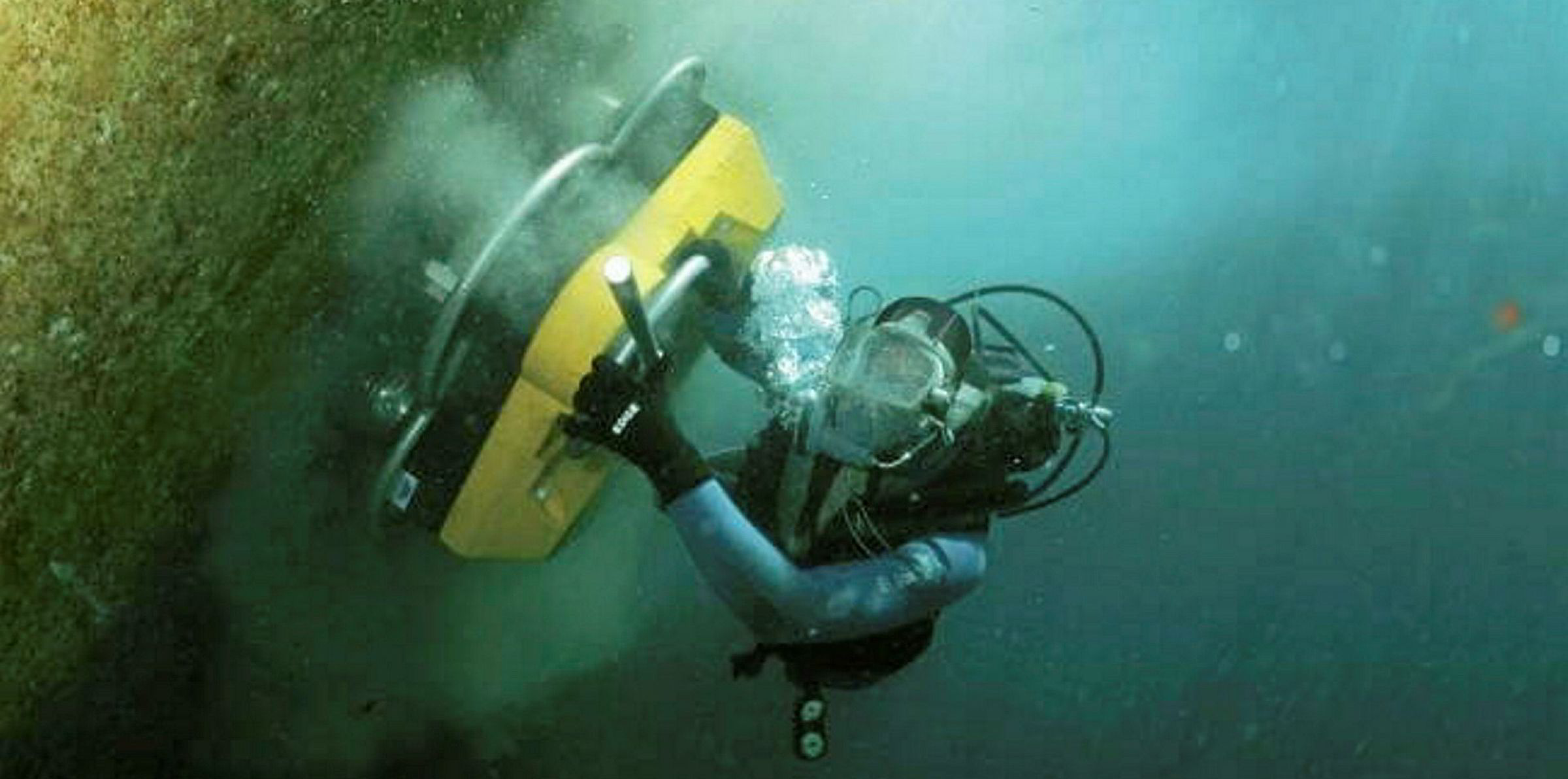New Zealand claims to have become the first country in the world to introduce a nationwide standard for biofouling.
From today (15 May), all commercial vessel operators will have to show they have managed biofouling on their vessels before they enter the country’s waters.
A ‘clean hull’ is deemed to be one that has no more than a slime layer coating of marine growth on the hull and submerged niche areas – for example, sea chests, bow thrusters, seawater systems, and propeller shafts.
However, the clean hull threshold, or the allowed amount of biofouling, is based on a vessel's itinerary and the types of marine species present.
Vessels staying up to 20 days and only visiting designated ports will be allowed a slight amount of biofouling, says the Ministry for Primary Industries (MPI), which is overseeing the legislation.
These comprise a slime layer, goose barnacles, and up to 5% cover of early biofouling depending on the area fouled.
Vessels staying longer than 20 days or visiting places that aren't places of first arrival will only be allowed a slime layer and goose barnacles.
“Biofouling presents a major biosecurity risk to New Zealand,” said MPI Biosecurity and Environment Group Manager, Paul Hallett.
“The new standard aims to reduce this risk and protect our unique marine environment and our aquaculture industries by ensuring vessels arrive with a clean hull.
“Over the last four years, MPI has been working incredibly hard to ensure everyone is aware and ready to comply when the standard goes live in May.”
Last month the MPI released a new guidance document to accompany the standard and to help vessel operators understand the new rules and how they can comply.
MPI has also released a guidance document for developing customised Craft Risk Management Plans (CRMP) on its website.
“We understand that not all vessels will be able to meet the compliance measures outlined in the standard. CRMP allow these vessels to develop a more tailored compliance plan to manage the biofouling,” said Hallett.
“We expect vessels with unique operating profiles, such as cruise ships and fishing vessels, will most likely use this option.”
MPI will assess the biofouling risk of the vessel prior to its arrival based on documents supplied by the operator.
“We’ll be looking for evidence of continual maintenance, cleaning, or treatment to verify the vessel complies with the new rules.
“Vessels that are unable to comply with the new regulations may have their schedules interrupted or restricted, or even face the possibility of being directed to leave New Zealand territory.”
Compliance with the CRMS can be achieved in several ways, including cleaning of the hull within 30 days prior to arrival in New Zealand, conducting continual hull maintenance or conducting hull treatment using an MPI-approved provider within 24 hours of arriving in New Zealand.




